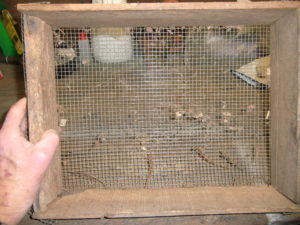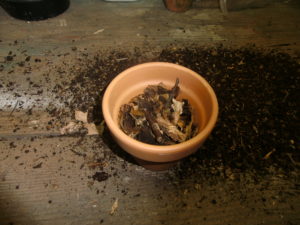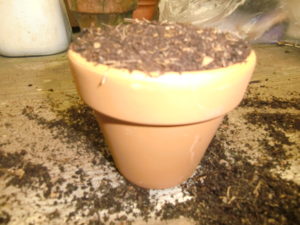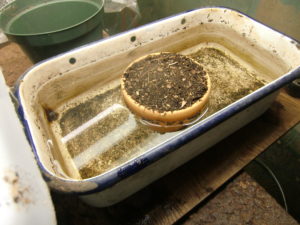Beautiful Plants For Your Interior
How I grow rhododendron seed
Most people would never contemplate growing rhododendrons from seed, but it is a requirement if you want to find new hybrids. There are some species rhododendrons that come true from seed and in some cases it is the only way to propagate them.
I collect my seed in late September or October. I leave the seed capsules in kraft paper envelops for 2 or 3 weeks to dry. Each seed lot is kept in a separate envelope. When the seed capsules are dry I crack open the seed capsules and allow the seed to drop out. The amount of seed varies enormously. Some seed capsules have hundreds of seeds, others 1 or 2 seeds. The seeds are very small and vary in color from tan to black.
In late October I go into the woodland behind my home and scrape up the top inch of soil that lies just under the top layer of leaves using a hard rake and put it into plastic garbage bags. This is basically leaf mould and has amazing qualities. It seems to prevent damping off of seedlings and the rhododendrons seedlings will grow beautifully in it.
I plant the seed in late October. I take 4 or 5 inch clay pots, which have been cleaned, and place pine bark mulch in the bottom ¾ of the pot and then put screened leaf mould mixed with 10 % sand in the top ¼ of the pot, mounding up the leaf mould as shown in the picture. The leaf mould/sand mixture is not be compressed in the pot just gently firmed and never touched after is it moistened in the next paragraph.
I then immerse the pot in warm water up to ¼ inch below the top lip of the pot for 1 or 2 days to be sure that the pine bark mulch and leaf mould are wet. Don’t be concerned about too much water in the soil. It is important that the leaf mould NEVER dries out.
I remove the pot from the water and immediately put the pot into a plastic bag (such as the plastic bags used in super markets for customer selection of produce). A great deal of water runs out of the pot into the bag and as you will see, the pot sits in the water all during the time the seed germinates and grows until it is time to transplant them (see below). The pot acts like a wick and the pot and contents never dry out.
The seed is sprinkled on the leaf mould while the pot is in the bag. I roll down the sides of the bag to allow this. There is no need to touch the seed or cover it once it is sprinkled on the leaf mould. A pot label is inserted in the side of the pot and the bag sealed with a twist tie. The bag is then placed under 24 hour fluorescent lights about 12 inches above the pot. The seed usually germinates in two to three weeks.
Usually by the middle of January the seedlings are large enough to transplant into flats. They would normally be ¾ to 1 inch high. I transplant into flats with pine bark mulch on the bottom half of the flat and screened leaf mould mixed with sand on top of that. I water it the day before I transplant and let the flat sit to allow excess water to drain away.
The seedlings are planted on 1 ¼ inch centers in the flat, sprayed with a very fine mist, covered with clear plastic sheeting and placed under 24 hour fluorescent lights. The clear plastic sheeting is just super market produce bag cut open on one side and the bottom to produce a flat plastic sheet that is very thin and light and usually just fits the flat.
The plastic sheeting prevents the seedlings and soil from drying out. I only mist the seedlings every two weeks or so. But one must watch them carefully and not let them dry out. Once in March and once in April I provide water soluble fertilizer at half strength. I use Peters 20-20-20 or Miracle Grow.
Most of the time the 1 ¼ inch centers gives the plants enough root room but sometimes I must transplant them to 2 ½ inch centers in another flat.
About the middle of May I move the flats outside to a location that gets some morning sunlight but light shade in the afternoon. I water them as necessary. Some rapidly growing seedlings will need to be transplanted into 4″ square pots. Every two weeks I water them with water soluble fertilizer at half strength.
I plant them in their outside final location in prepared beds the second or third week of August, if it is not too hot, on 6 to 8 inch centers and mulch them with wood chips and make sure they are well watered during the rest of the summer and fall.






